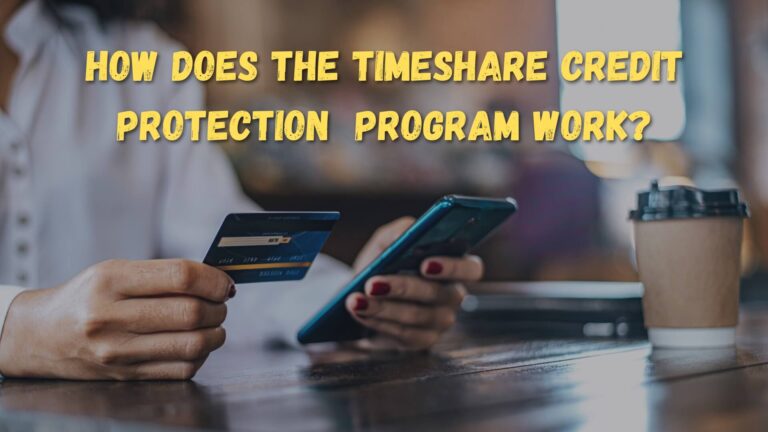Types of Debt Relief
Debt relief can be a useful option for individuals who are having trouble paying their bills and expenses. It can help them lower the amount they owe and reduce their monthly payments, allowing them to keep more of their paycheck in their pocket.
There are several types of debt relief available, all with their own unique benefits and drawbacks. Before you decide which method to use, you should consider your goals and the resources you have available to get out of debt.
Credit counseling: A nonprofit credit counselor can negotiate with your creditors on your behalf to create a debt management plan that fits your budget. They can also explain your options and provide recommendations based on your situation.
Debt settlement: A reputable debt settlement company can reduce your outstanding balances by 25%, 30% and even 40% or more of what you originally owed, including fees. They typically charge a fee, which is calculated based on the amount you save by working with them and the number of months it will take to eliminate your debts.
The company will hold your debts in an account, and you’ll make payments into it until a deal is reached. Then, the funds will be used to pay the settlement offer and any fee that is owed.
Bankruptcy: When a debtor files for bankruptcy, their creditors are allowed to renegotiate the terms of the debt or accept an alternative repayment schedule. This is called debt restructuring or strategic bankruptcy.
This type of bankruptcy can be helpful for individuals who cannot pay their debts, but who would like to avoid the more severe consequences that go along with a traditional bankruptcy. It can also be helpful for businesses who are having difficulty meeting their financial obligations and want to avoid a default notice on their credit report.
A debt reduction notice (DRO) is a legal document that tells your creditors that you have applied for relief from your debts. The DRO lasts for 12 months, at which point you will not be required to make any payments towards your debts.
There is a fee for a DRN, which is usually £60 or less. The court reviews your application and your documentation, then approves it and issues a DRN. This will show on your creditor reference file for 6 years and can be renewed for a further period if you wish to apply again.
Creditors can then contact you to discuss your DRN and the options that are open to them – unless they have excludable debts, in which case they will be consulted before they can object on any specified grounds. If your DRN is approved, the DRN will then be published on the Register of Debt Relief Notices, which is accessible to the public.
Insolvency: Individuals can also apply for a debt relief order by applying to the Insolvency Service and signing a statutory declaration. The ISI will then send this to the AI and the Circuit Court for approval.



